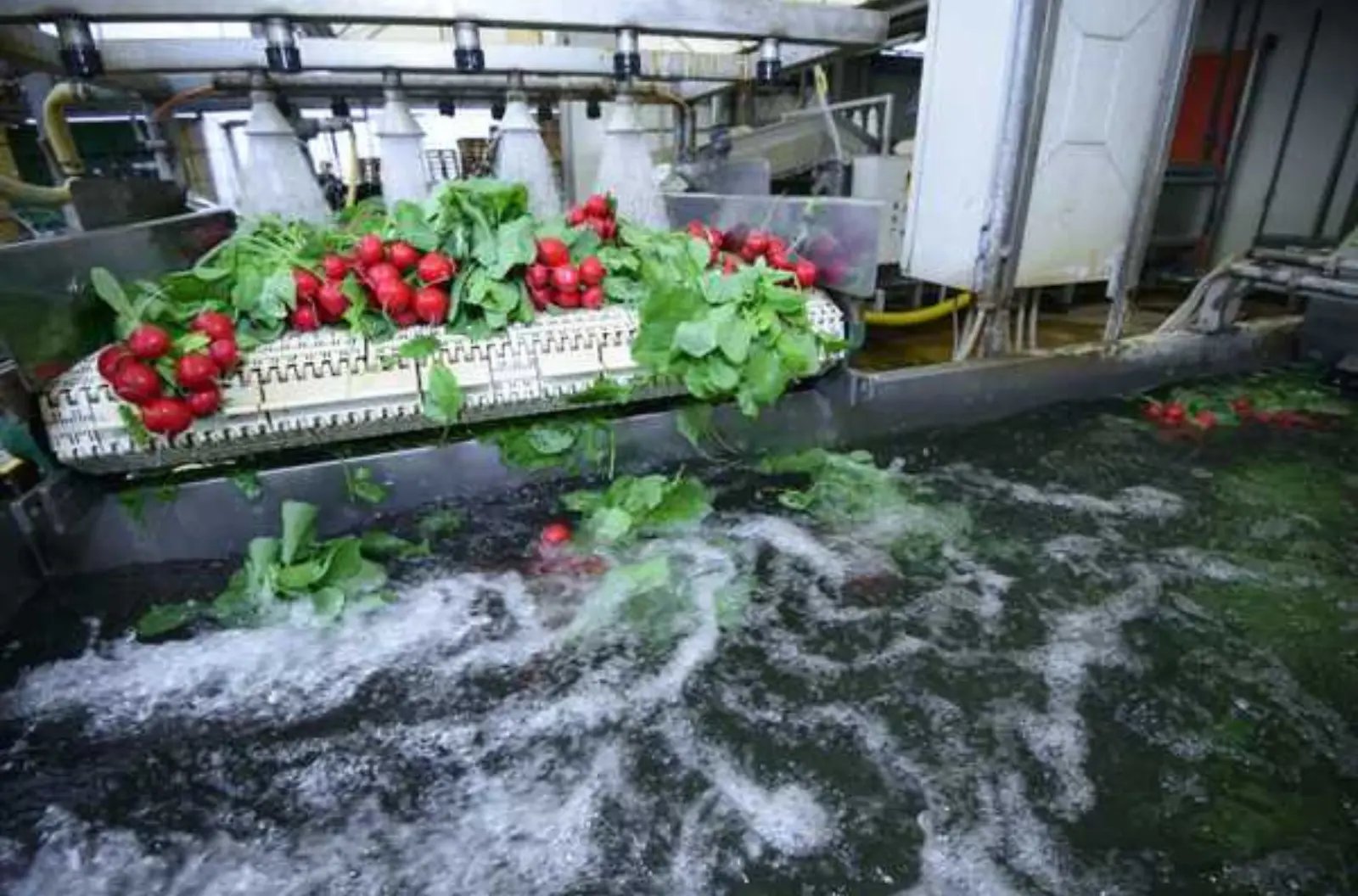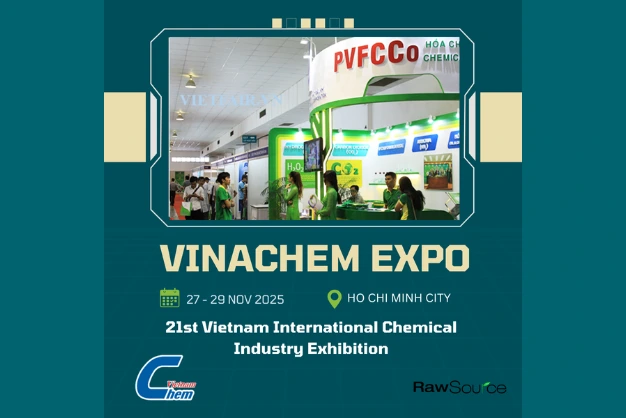Foam control plays a critical role in food processing, where even minor disruptions caused by excessive foam can compromise product quality, slow down operations, and increase costs. Defoamers, also known as antifoaming agents, are essential in maintaining smooth production processes by managing foam-related issues. However, using defoamers in food processing comes with its own set of challenges, ranging from regulatory compliance to maintaining product integrity. This article dives deep into these challenges, explores solutions, and highlights how defoamers contribute to efficient food manufacturing.
Defoamers are indispensable additives in food processing. From fermentation to packaging, foam can obstruct machinery, contaminate products, and reduce efficiency. Defoamers are designed to prevent foam formation or break it down rapidly, ensuring consistent output. Despite their benefits, the implementation of defoamers involves addressing multiple challenges, such as meeting food safety standards, avoiding sensory alterations, and minimizing environmental impacts.
Food-grade defoamers, unlike industrial defoamers, are formulated to meet stringent safety requirements while maintaining the quality of food products. However, their effective use requires a clear understanding of the associated challenges and strategic solutions.


Challenges of Using Defoamers in Food Processing
1. Regulatory Compliance
The use of defoamers in food processing is governed by strict regulations to ensure consumer safety. Food-grade defoamers must comply with standards set by agencies such as the FDA in the United States, EFSA in the European Union, and Codex Alimentarius. These regulations specify acceptable ingredients, maximum allowable concentrations, and testing protocols.
Challenges:
- Meeting region-specific regulatory requirements for global manufacturers.
- Adhering to updated standards as food safety laws evolve.
- Maintaining documentation to demonstrate compliance during audits.
Example: A defoamer used in the US may not automatically meet EU standards, requiring reformulation or certification for cross-border use.
2. Residue and Taste Issues
One of the most significant challenges is ensuring that defoamers do not leave residues that alter the taste, texture, or appearance of food products. Consumers are highly sensitive to changes in sensory attributes, which can lead to dissatisfaction or mistrust.
Challenges:
- Eliminating residue while maintaining foam control effectiveness.
- Avoiding off-tastes or changes in product texture.
- Preventing visible residues, especially in transparent or light-colored products.
Solution: Manufacturers must choose defoamers that are specifically designed for low-residue performance and conduct sensory testing before large-scale production.
3. Compatibility with Food Ingredients
Defoamers interact with various food components, including fats, proteins, and emulsifiers. Incompatible defoamers can destabilize formulations, leading to separation or inconsistent textures.
Challenges:
- Balancing foam control without disrupting the stability of emulsions or suspensions.
- Avoiding negative interactions with sensitive ingredients such as vitamins or enzymes.
- Ensuring uniform performance across a range of formulations.
4. Thermal Stability
High-temperature processes such as frying, pasteurization, and sterilization pose unique challenges for defoamers. Many defoamers degrade under extreme heat, losing their effectiveness and potentially contaminating food.
Challenges:
- Maintaining stability at high temperatures without chemical breakdown.
- Ensuring consistent performance during prolonged heating cycles.
- Preventing contamination from degraded defoamer residues.
Solution: Thermally stable defoamers should be selected for high-temperature applications. These defoamers are specially formulated to withstand extreme conditions without compromising performance or safety.
Looking for High-Quality Chemicals?
We offer a wide range of products for diverse industries.
5. Environmental Concerns
Sustainability is becoming a priority in food processing. Traditional defoamers often contain non-biodegradable components that can contribute to environmental pollution when released into wastewater.
Challenges:
- Ensuring biodegradability of defoamers to minimize environmental impact.
- Reducing chemical load in wastewater treatment systems.
- Aligning with corporate sustainability goals and regulatory pressures.
Solution: Eco-friendly defoamers, which are biodegradable and non-toxic, offer a sustainable alternative without compromising effectiveness.
6. Cost Management
Using high-quality food-grade defoamers can be expensive. Overuse or incorrect application can escalate costs and reduce profitability.
Challenges:
- Balancing cost-efficiency with performance.
- Avoiding overuse by optimizing dosing methods.
- Addressing long-term costs associated with suboptimal foam control.
7. Application Challenges
Large-scale food processing systems often require precise dosing and even distribution of defoamers. Variability in foam levels due to raw material changes or process conditions adds complexity.
Challenges:
- Ensuring uniform application in large equipment.
- Adjusting dosage based on changing foam conditions.
- Preventing under-treatment or over-treatment.
Need Reliable and Efficient Chemical Products?
Let us help you find the perfect match for your needs.
8. Storage and Shelf Life Issues
Defoamers can degrade over time, losing their effectiveness. Proper storage conditions are essential to maintain their performance.
Challenges:
- Sensitivity to temperature fluctuations during storage.
- Potential for sedimentation or separation in certain formulations.
- Ensuring compatibility with long-term storage requirements.
Solution: Store defoamers in temperature-controlled environments and use formulations with extended shelf life.


Solutions to Overcome Challenges
1. Choosing the Right Defoamer Manufacturers should select defoamers certified for food-grade applications and compatible with their specific formulations. Partnering with suppliers to customize defoamers for unique processes can further enhance performance.
2. Regular Testing and Quality Assurance Routine sensory and residue testing can identify potential issues early, ensuring defoamers do not impact product quality. Quality assurance measures help maintain compliance with food safety standards.
3. Eco-Friendly Alternatives Biodegradable and non-toxic defoamers align with sustainability goals and minimize environmental impact. These options also reduce the chemical load in wastewater, simplifying treatment processes.
4. Optimizing Dosage and Application Automated dosing systems can ensure accurate application, preventing overuse and ensuring consistent foam control. Real-time monitoring helps adjust defoamer levels based on process conditions.
5. Tailored Solutions for High-Temperature Processes Thermally stable defoamers designed for specific applications ensure reliable performance in high-heat environments. Collaborating with suppliers to test and refine formulations can address these challenges effectively.
Have Questions About Our Product Range?
We’re here to assist you with the right solutions
The use of defoamers in food processing is both a necessity and a challenge. While they are essential for controlling foam and maintaining efficient operations, factors such as regulatory compliance, compatibility, and cost management require careful consideration. By selecting the right defoamer, conducting regular quality checks, and adopting eco-friendly solutions, food manufacturers can overcome these challenges and ensure sustainable, high-quality production. As advancements in defoamer technology continue, the food processing industry will benefit from improved efficiency, safety, and environmental responsibility.
FAQs
1. What are the disadvantages of antifoam?
Antifoam agents, while effective, come with certain disadvantages. They may leave residues in the product, which can alter taste, texture, or appearance, especially in food or beverage applications. Additionally, some antifoams are not biodegradable, leading to environmental concerns. Overuse or incorrect dosing can cause product destabilization, interfere with chemical processes, or increase operational costs due to inefficiency.
2. What are the hazards of defoamer?
Defoamers, if not used properly, can pose hazards such as contamination of the product, particularly in sensitive applications like food or pharmaceuticals. Non-food-grade defoamers may introduce toxic substances if used inappropriately. Additionally, some defoamers contain volatile organic compounds (VOCs) that may contribute to environmental pollution if not managed correctly. Prolonged exposure in industrial settings can also lead to skin or respiratory irritation in workers if adequate safety measures are not in place.
3. What is a defoamer used in the food industry?
In the food industry, defoamers are used to control and eliminate foam during processing stages such as fermentation, boiling, and bottling. They prevent overflow, maintain equipment efficiency, and ensure product consistency. For example, in brewing, defoamers prevent foam formation in fermentation tanks, while in cooking oils, they reduce splattering and foam during frying processes. Food-grade defoamers are specially formulated to meet safety and regulatory standards.
4. What are the consequences of foaming?
Foaming can cause significant disruptions in industrial and food processing systems. It can reduce equipment efficiency by blocking pipelines, pumps, and heat exchangers. In food processing, excessive foam may lead to product contamination, spillage, and waste. It can also interfere with accurate measurements and dosing of ingredients, resulting in inconsistent product quality. In wastewater treatment, foam can obstruct aeration and settling processes, affecting overall treatment efficacy.
5. What is the difference between antifoam and defoamer?
While often used interchangeably, antifoam and defoamer serve slightly different purposes. Antifoam prevents foam from forming, whereas defoamer breaks down existing foam. Antifoams are typically added proactively in formulations to suppress foam generation, while defoamers are applied reactively to dissolve foam that has already formed. Both are essential in managing foam, depending on the specific requirements of the process.





